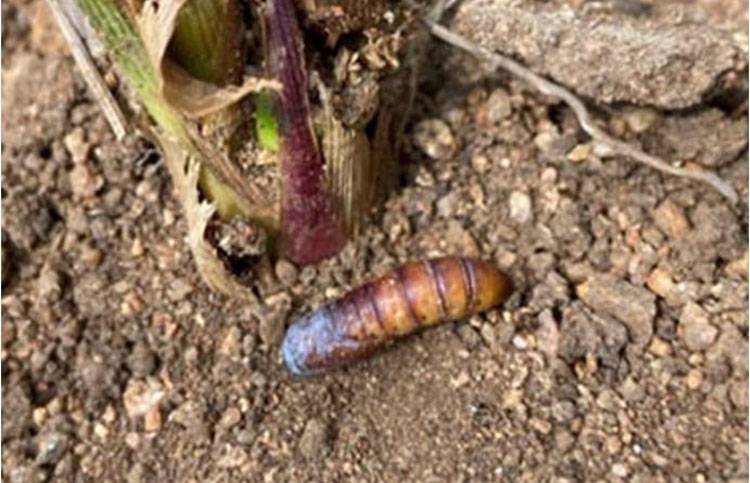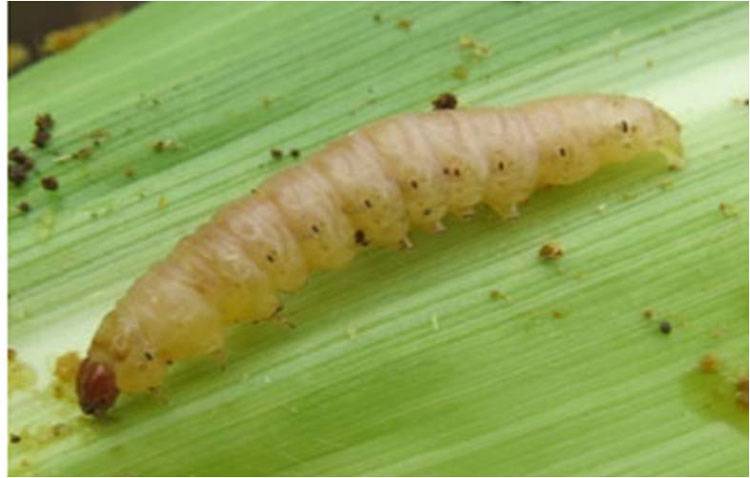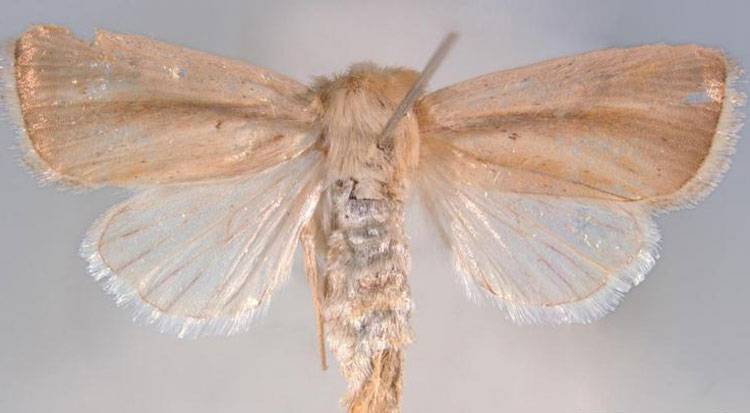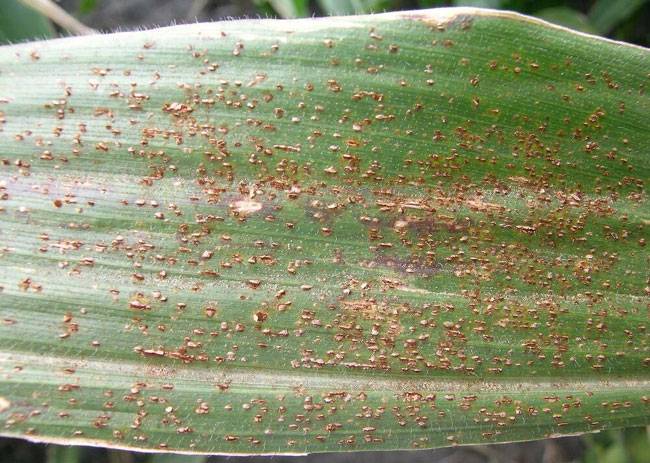Maize
Pink Stem Borer

Pink Stem Borer
Sesamia inferens

Pink Stem Borer
Sesamia inferens

Pink Stem Borer
Sesamia inferens

Pink Stem Borer
Sesamia inferens

Pink Stem Borer
Sesamia inferens
The maize stem borer, Sesamia inferens—also known as the pink stem borer—is a major pest affecting cereal crops, particularly maize and rice, in tropical and subtropical regions. This pest causes significant yield loss by boring into stems, damaging the plant’s vascular system, and interrupting nutrient flow. Early identification of symptoms and understanding its biological behavior, especially under specific environmental conditions, are key to managing this pest effectively.
Identification and Biology of Sesamia inferens
-
Adult Moth:
-
Robust in appearance
-
Pale yellow-brown body
-
Head and thorax have thick tufts of brown hairs
-
Wingspan: 16–20 mm (males)
-
-
Larva (Caterpillar):
-
Pale yellow body with a pink or purple tinge
-
Reddish-brown head
-
Grows up to 20–26 mm in length
-
-
Eggs:
-
Laid in groups of 100+
-
Found in one to three rows between leaf sheath and stem
-
Symptoms of Infestation
-
Deadheart:
-
Central shoot wilts and dies due to larval feeding inside the stem
-
Common in young maize or rice plants
-
-
Whitehead:
-
Panicle or earhead wilts and turns white due to feeding at its base
-
Appears during reproductive stages of the crop
-
-
Exit Holes:
-
Small round holes on tillers or stems, often visible on close inspection
-
Indicate larval exit after pupation
-
Environmental Preferences of the Pink Stem Borer
-
Optimal Temperature:
-
Development is best between 25°C–28°C
-
High pest activity reported at max temps of 31.9–32.8°C and min temps of 16.2–16.7°C
-
-
Humidity:
-
Prefers moderate to high humidity (70–85%)
-
Morning RH: ~75.8–81.5%, Afternoon RH: ~43.5%
-
-
Rainfall Influence:
-
Low rainfall or dry conditions promote higher population build-up
-
Excess moisture may hinder egg and larval development
-
Pest Behavior and Development
-
Incubation & Larval Development:
-
Strongly influenced by ambient temperature
-
Warmer climates speed up lifecycle stages
-
-
Pupal Stage:
-
Usually takes place within the stem
-
Pupation completes in favorable warm and humid conditions
-
-
Population Dynamics:
-
Increases with warm, dry spells
-
Periods without rainfall and stable high temperatures favor outbreaks
-
Impact on Crops
-
Reduced Yield: Due to disrupted nutrient transport in stems
-
Stunted Growth: Affected plants show poor vigor
-
Lodging and Breakage: Weak stems collapse easily, especially in wind
-
Delayed Maturity: Plants struggle to recover from internal feeding
Conclusion
Sesamia inferens poses a serious threat to maize and other cereal crops, especially under favorable weather conditions. Its cryptic larval habits make early detection challenging. Monitoring temperature and humidity trends can help predict outbreaks, allowing farmers to take timely action. Integrated Pest Management (IPM) strategies, including pheromone traps, resistant varieties, and biological control agents, can be effective in controlling this pest.
Blog
Explore Our Blog

